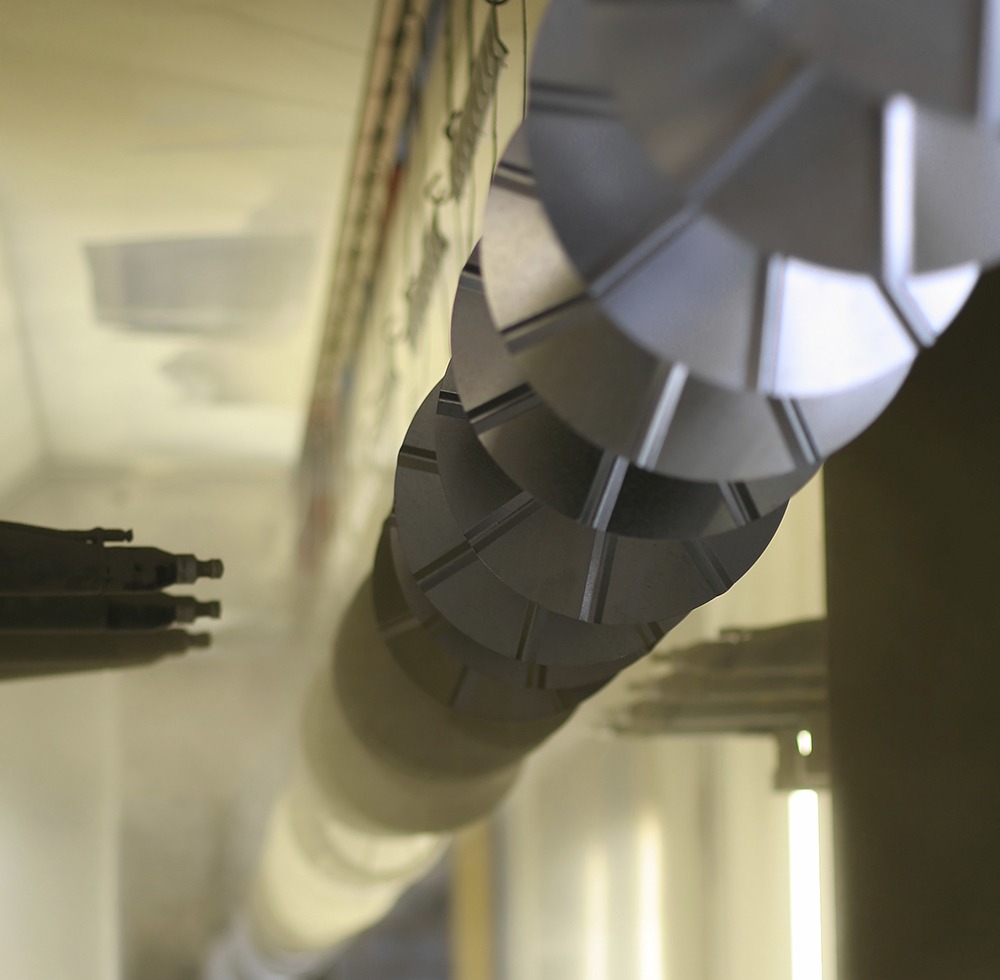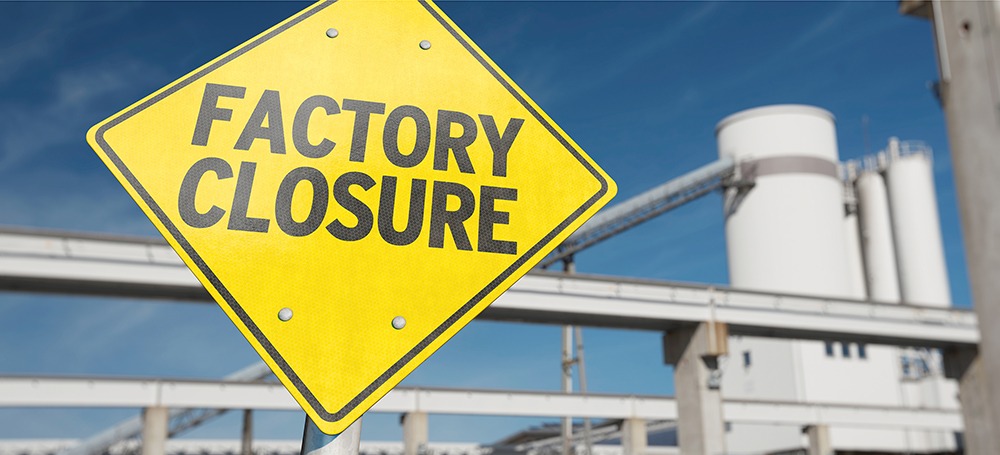
Real estate developers
Our climate resilience plan helps developer prioritize efforts to protect tenants and buildings
Summary
- A real estate developer that owns and operates Boston-area buildings for life sciences and tech companies needed a comprehensive resilience plan to protect its buildings, tenants, and its tenants cutting-edge research and development.
- This developer turned to us — its trusted partner for more than a decade — to assess buildings and create an efficient, actionable plan.
- Drawing on our detailed knowledge of our client’s buildings and their underground conditions, as well as climate data, we assessed the present and future vulnerability of each property to flooding, heat, drought, and wind.
- For the high-risk buildings, we defined risk-reduction priorities that would give our client the highest value for its money and time.
Client challenge
A real estate developer owns and operates many buildings in the Greater Boston area for life sciences and technology companies that conduct research and development. Sustainability and resilience are important core values for our client to protect and support the interests of its tenants and communities in which they work. This includes protecting its buildings, tenants, and tenants’ critical assets from threats caused by extreme weather events.
For example, without a resilience plan, our client’s tenants could suffer catastrophic consequences to ongoing research and development should an extreme weather event occur — potentially halting cutting-edge research if buildings become inoperable or inaccessible. Our client’s leadership team proactively sought to develop a resilience plan to mitigate this risk. To develop the plan, they needed to understand each building’s climate risk, particularly related to flooding, heat, drought, and wind. The firm also had limited resources available for building maintenance and improvements, so they needed to prioritize what to update to ensure they used their budget efficiently.
Having provided geotechnical and environmental engineering services for this client over the past decade, Haley & Aldrich serves as a trusted advisor and has detailed knowledge of its portfolio of buildings and its underground conditions. The client values our ability to deeply listen and offer pragmatic and sometimes unexpected solutions and turned to us to assess its buildings and develop an actionable, realistic resilience plan.
Our approach
Our team understood that the assessment needed to be thorough to ensure our client had an accurate inventory of its portfolio and to develop an actionable plan that was easy to follow. It was also critical to our client that the plan would allow a phased approach to making building improvements.
We started by touring each building in the portfolio, meeting with building managers, and collecting information on building performance. For each climate factor — flooding, heat, drought, and wind — we looked at the present year and projected what each building’s vulnerability would be for each factor in 2030 and 2050. Our knowledge of the buildings and their existing subsurface conditions simplified the information gathering process and ensured our assessments were detailed and accurate. We also overlaid sea level rise and flood maps from multiple sources onto the client’s portfolio of buildings and conducted in-depth analyses to gain an understanding of each building’s present and future flood risk.
We ranked each building’s vulnerabilities, from its mechanical and electrical systems, including back-up power generation, to its evacuation plans. For the high-risk buildings, we identified action items to reduce vulnerabilities and prioritized those items by what would provide our client with the highest value for their money and time. We knew it was important to our client that our deliverable be considered a “living document” that could be continually updated by our client’s team, allow them to have an updated assessment of their portfolio, and provide an easy way to identify their next priorities.
Value delivered
- Enabled our client and their asset managers to better understand their properties’ resilience and what mitigation measures they can take to reduce risk and protect their tenants and their buildings
For more information, contact:

Chief Operating Officer

Principal Consultant, Geotechnical and Environmental Engineering












